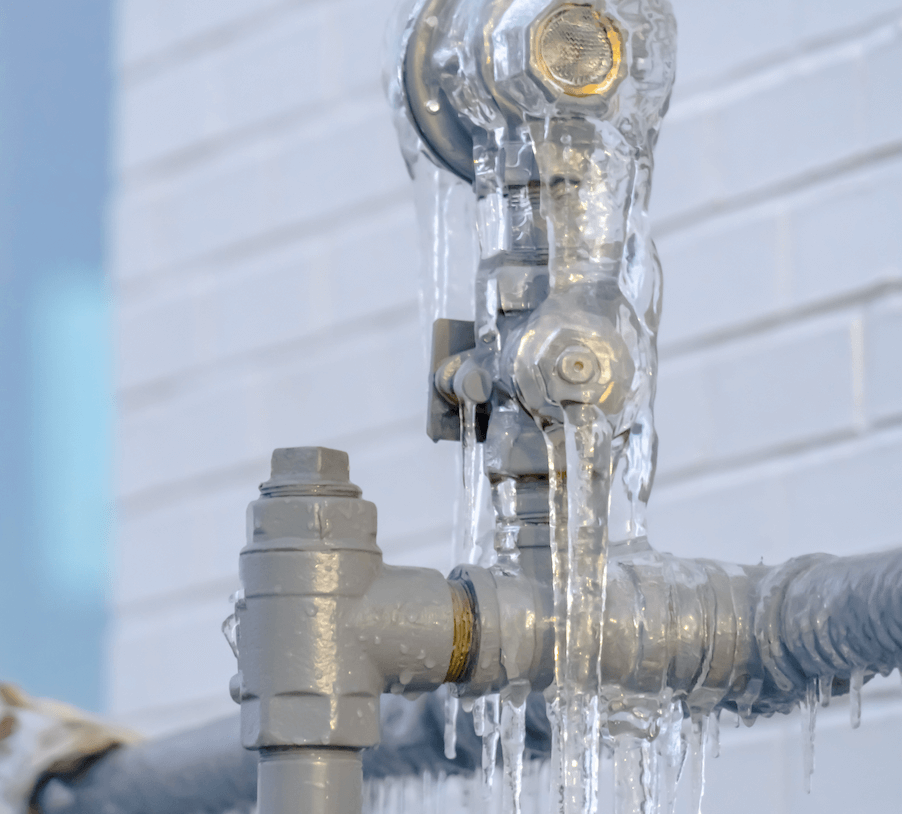Advice for Preventing Frozen Pipes in Cold Weather: Specialist Insights
Advice for Preventing Frozen Pipes in Cold Weather: Specialist Insights
Blog Article
They are making several good points on How To Avoid Freezing Pipes as a whole in this post below.

Winter can ruin your pipes, especially by freezing pipes. Below's exactly how to avoid it from happening and what to do if it does.
Intro
As temperatures drop, the threat of frozen pipelines boosts, potentially bring about expensive repairs and water damages. Understanding just how to prevent icy pipes is crucial for property owners in chilly environments.
Avoidance Tips
Shielding vulnerable pipes
Wrap pipes in insulation sleeves or utilize warm tape to secure them from freezing temperature levels. Concentrate on pipes in unheated or outside areas of the home.
Heating techniques
Keep interior spaces properly heated, especially locations with pipes. Open cabinet doors to allow cozy air to flow around pipes under sinks.
Exactly how to determine frozen pipelines
Look for reduced water flow from faucets, uncommon odors or noises from pipelines, and visible frost on exposed pipelines.
Long-Term Solutions
Structural changes
Think about rerouting pipelines far from exterior walls or unheated areas. Add extra insulation to attics, basements, and crawl spaces.
Upgrading insulation
Invest in premium insulation for pipes, attics, and walls. Proper insulation helps keep regular temperature levels and minimizes the danger of frozen pipelines.
Shielding Outdoor Pipes
Garden pipes and outdoor taps
Separate and drain yard hoses before winter months. Install frost-proof faucets or cover exterior faucets with protected caps.
Recognizing Icy Pipes
What triggers pipelines to ice up?
Pipes freeze when subjected to temperature levels listed below 32 ° F (0 ° C) for expanded durations. As water inside the pipelines ices up, it increases, taxing the pipeline wall surfaces and potentially causing them to burst.
Risks and problems
Icy pipelines can result in supply of water interruptions, residential property damage, and expensive fixings. Ruptured pipes can flooding homes and trigger comprehensive structural damages.
Signs of Frozen Pipes
Recognizing icy pipelines early can stop them from bursting.
What to Do If Your Pipelines Freeze
Immediate activities to take
If you think icy pipelines, maintain taps open to soothe pressure as the ice melts. Utilize a hairdryer or towels soaked in hot water to thaw pipes slowly.
Final thought
Protecting against frozen pipes calls for positive actions and fast actions. By comprehending the reasons, indications, and preventive measures, property owners can safeguard their plumbing during cold weather.
5 Ways to Prevent Frozen Pipes
Drain Outdoor Faucets and Disconnect Hoses
First, close the shut-off valve that controls the flow of water in the pipe to your outdoor faucet. Then, head outside to disconnect and drain your hose and open the outdoor faucet to allow the water to completely drain out of the line. Turn off the faucet when done. Finally, head back to the shut-off valve and drain the remaining water inside the pipe into a bucket or container. Additionally, if you have a home irrigation system, you should consider hiring an expert to clear the system of water each year.
Insulate Pipes
One of the best and most cost-effective methods for preventing frozen water pipes is to wrap your pipes with insulation. This is especially important for areas in your home that aren’t exposed to heat, such as an attic. We suggest using foam sleeves, which can typically be found at your local hardware store.
Keep Heat Running at 65
Your pipes are located inside your walls, and the temperature there is much colder than the rest of the house. To prevent your pipes from freezing, The Insurance Information Institute suggests that you keep your home heated to at least 65 degrees, even when traveling. You may want to invest in smart devices that can keep an eye on the temperature in your home while you’re away.
Leave Water Dripping
Moving water — even a small trickle — can prevent ice from forming inside your pipes. When freezing temps are imminent, start a drip of water from all faucets that serve exposed pipes. Leaving a few faucets running will also help relieve pressure inside the pipes and help prevent a rupture if the water inside freezes.
Open Cupboard Doors
Warm your kitchen and bathroom pipes by opening cupboards and vanities. You should also leave your interior doors ajar to help warm air circulate evenly throughout your home.

Do you enjoy reading up on How to Prevent Your Pipes From Freezing? Put a remark down the page. We would be happy to hear your responses about this content. We hope to see you back again soon. Make sure you set aside a second to distribute this blog post if you liked it. Thank you so much for going through it.
Call Today Report this page